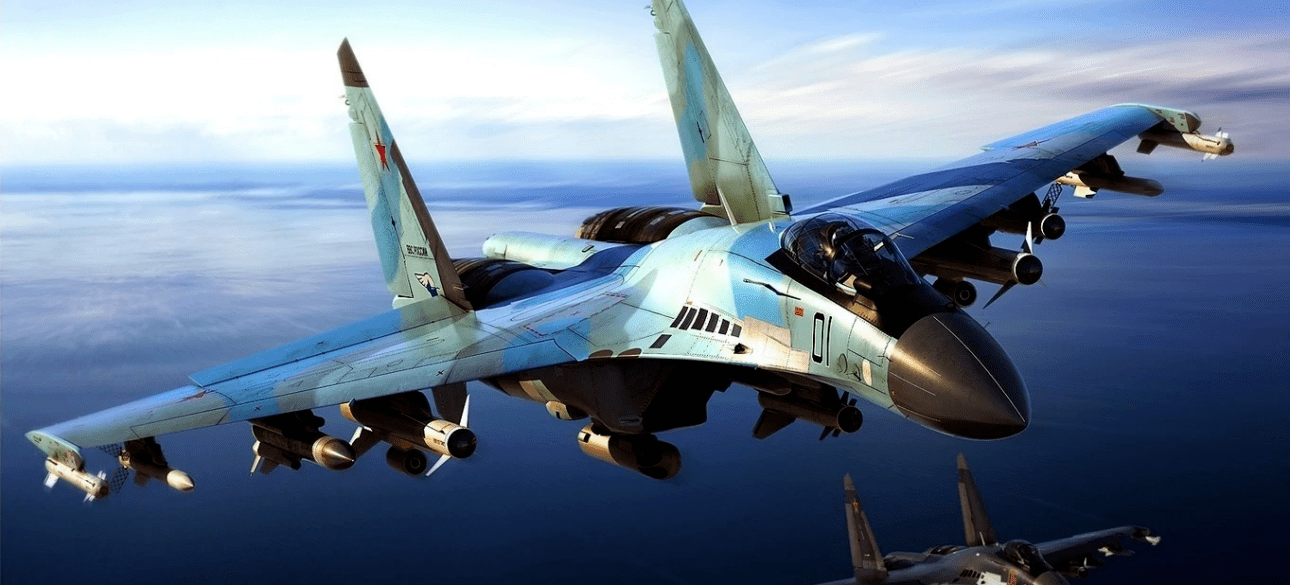
 By Victor Duda
By Victor Duda
In 12 days, starting on February 17, the Air Force operating Ukrainian military aircraft, as well as the land air defense system, stated that they have shot a stunning number of Russian military aircraft - 13. Lower - but perhaps higher. In any case, no one argues that last month the Ukrainians have knocked down many Russian aircraft. On average, as two years ago, Russia has expanded its war with Ukraine, Russian Air Force and Navy have lost four aircraft a month due to Ukraine's actions.
During the 24th month of the war, they may have lost at least three times more. The question is how? What has changed to make Russian aircraft more vulnerable and the Ukrainian air defense is more deadly? And is there a lesson for the whole world in this February Air Force? It is obvious that the Russian Air Force, which involved several hundred of about 1,000 of their fighters, as well as several support aircraft for departure over Ukraine, intensified their operations in February.
The Russian army has finally dared to displace the Ukrainian garrison from Avdiivka, which is not experiencing ammunition, and the Air Force saw the opportunity to accelerate it. The Air Force organized their 100 Su-34 fighters and the same number of multi-purpose Su-35 fighters in the links of three, equipped with Su-34 with satellite bombs, equipped and its surroundings.
The total frequency of combat departments of the Russians in the midst of the Avdiivsky battle in mid -February exceeded a hundred combat departments a day, which probably corresponded to the number of combat departments in the most mobile first days of the invasion. Each of the aircraft became a potential target for land missile batteries of Ukrainians. Under other things being equal, more air targets mean more than aircraft from enemy air defense.
But the increase in Russian flights may not be the only factor in the February Series of Murders. First, the Ukrainians, apparently, took some components of their three Patriot rocket batteries of American production-their best PPO batteries and organized them in mobile units.
Moving quickly behind the front line, a pair of launched Patriot starting installations, connected to a long -range radar through a radio channel, can ambush on Russian aircraft up to 90 miles, and then get off before the Russians will be able to open fire in response. It was this tactic, apparently, that Ukrainians have knocked down several Russian aircraft at the end of last year, which became a rehearsal of a bloody February campaign.
But one of the key episodes-the destruction of a rare Russian radar A-50 aircraft over the Azov Sea on February 23-took place 120 miles from the front line-too far for a monochrome "patriot". The only missile system of such a range to which Ukraine has access is the old former Soviet S-200 system, which launches a huge eight-ton rocket. The Ukrainian Air Force removed their S-200 from weapons back in 2013, but last year they activated some of them as shock missiles of the Earth-Earth class.
It is quite possible-and even probable-that the Air Force is again used by S-200 in their original role of the "Earth-Air" class. But what radars do C-200? The original Soviet radars emit so much energy that they usually bring the rocket to start running and give the target pilot time to evade. However, there is a hint that Ukrainians have found a subtle way to manage their most powerful missiles.
Back in February 2023, 10 months before Russia, the Republicans in the US Congress stopped American assistance to Ukraine, the Presidential Administration. Joe Baiden announced a $ 2. 2 billion military assistance package that contained one intriguing point: "Equipment for integration of Western starting installations, missiles and air defense radar with Ukrainian air defense systems.
" Many analysts perceive this as a reference to the IBCS (integrated combat management system) of the US Army, created by Northrop Grumman. IBCS is not radar. It's not a rocket. No, it is a set of processors, radio channels and algorithms that allows almost any air defense radar and almost any air defense missile to work together. "IBCS provides effective and affordable integration of existing and future systems," explains Northrop Grumman.
IBCS development is not yet fully completed but close to completion. The Americans have not yet unfolded any major IBCS components, but the Poles have already done so. And the Poles, it is worth noting, are one of the largest suppliers of air defense equipment for Ukrainians now when Republicans block US assistance.
Even after receiving only individual IBCS parts, Ukrainian Air Force could connect hundreds of long-range radars, including old Soviet models and the latest Western samples, and use this comprehensive sensory coating for managing all their medium and long-range radars, as well as any rockets - again, including Soviet and Western models.
Potentially all -seeing, well -armed and flexible Ukrainian air defense, may have been ready to take advantage of the opportunity that Russian pilots presented to them when they climbed into the air above Avdiivka. If Ukraine really has received part of the IBCS, its recent series of air lesions should be a clear confirmation. The system is working very well, and the United States and their allies should get it as soon as possible.










All rights reserved IN-Ukraine.info - 2022